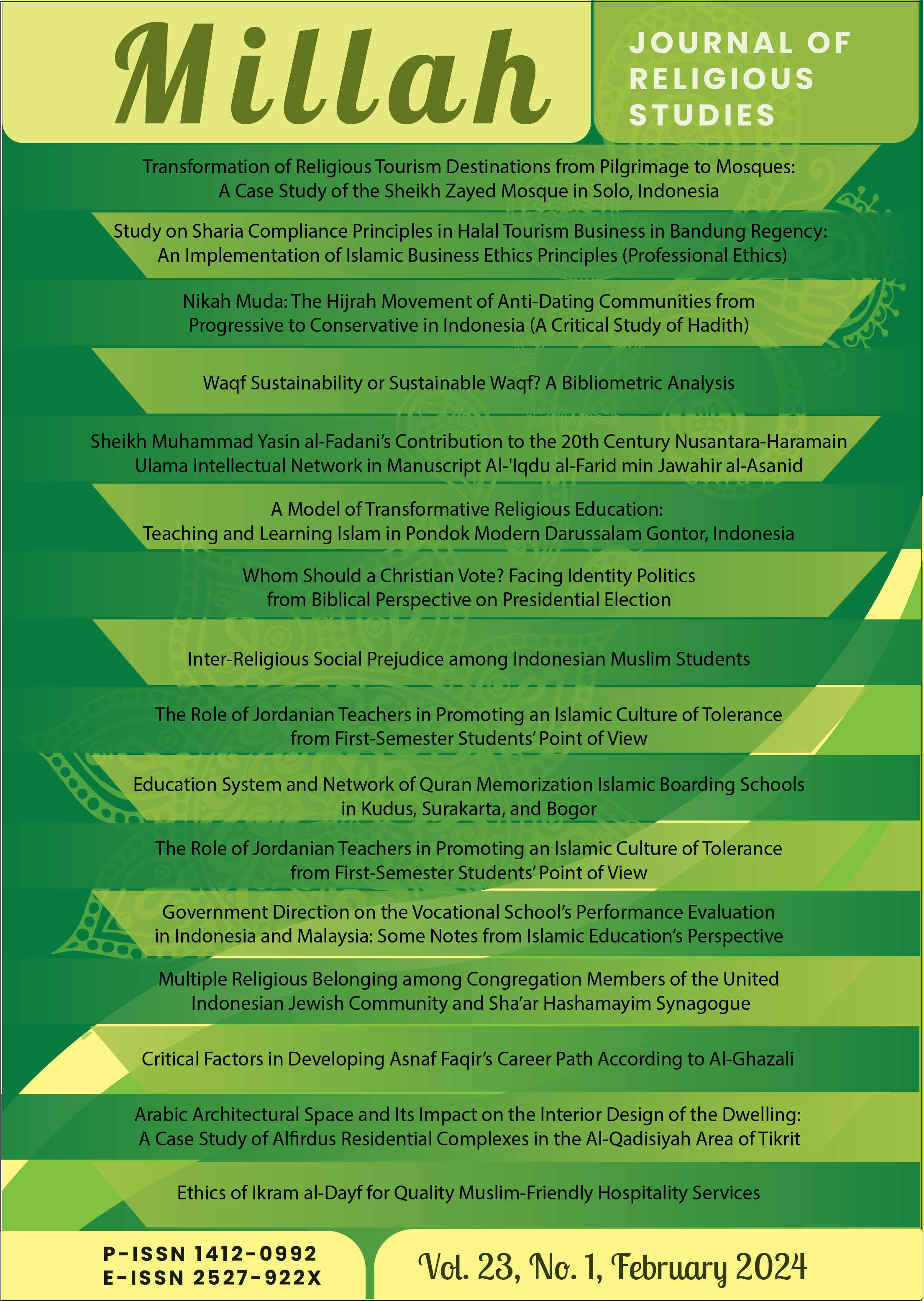Main Article Content
Abstract
Architectural spaces are one of the most important aspects that aim to establish dialogue between humans and their surroundings. The objectives of the current study were to describe the concept of architectural space, its constituent sections, the environmental elements that influence them (such as lighting, ventilation, air conditioning, privacy, and view), and the connections between their internal and external elements. The significance of this study comes from the fact that space size is a fundamental problem. This is because a large space requires larger services, which, while satisfying many needs, are not cost-effective when it comes to controlling factors, such as temperature, light levels, and the quality of the space and walls. One must understand how to distinguish it from other spaces and how to grade the spaces appropriately, bearing in mind the traits and way of life of the society being examined, to produce a location that is suitable for all purposes. Using effective indicators for each architectural space, each interior design component, and each design, the study utilized a descriptive methodology as well as proof of their effect on the psychological and behavioral health of the individual tenants in a selected sample of 25 residential units in one of the (388 dwelling units) residential complexes in the Al-Qadisiyah area of Tikrit. According to the findings, 60% of respondents were satisfied with the interior design of the housing units, 80% were satisfied with how the housing units looked from outside, and 12% were satisfied with every aspect of the housing units. 90% of people are content with their housing 90% of individuals are satisfied with the interior of their home, 90% are satisfied with the colors and materials utilized, 85% are satisfied with the lighting, 80 percent of individuals are satisfied with their view, 80 percent are glad with their privacy, 70 percent are happy with their home& orientation, the results show the importance of interior design in enhancing the architectural environment, which benefits the user on both a physical and psychological level. It has been successful in providing location authenticity and a sense of urban belonging.
Keywords
Article Details

This work is licensed under a Creative Commons Attribution-ShareAlike 4.0 International License.




